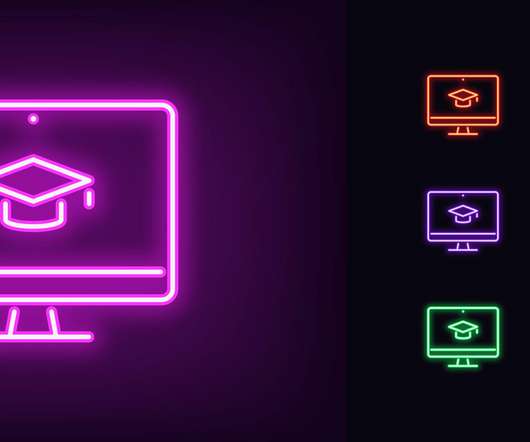How the NSA’s post-9/11 hiring might address the teacher shortage
eSchool News
MAY 2, 2024
I am not a native speaker and I had not been in a classroom for a few years. When I raised my right hand on June 16, 2002 and swore an oath to uphold the Constitution of the United States, I learned that I was a part of the first class of new post-9/11 hires. A month later I was flown there to have my language skills tested.



















Let's personalize your content